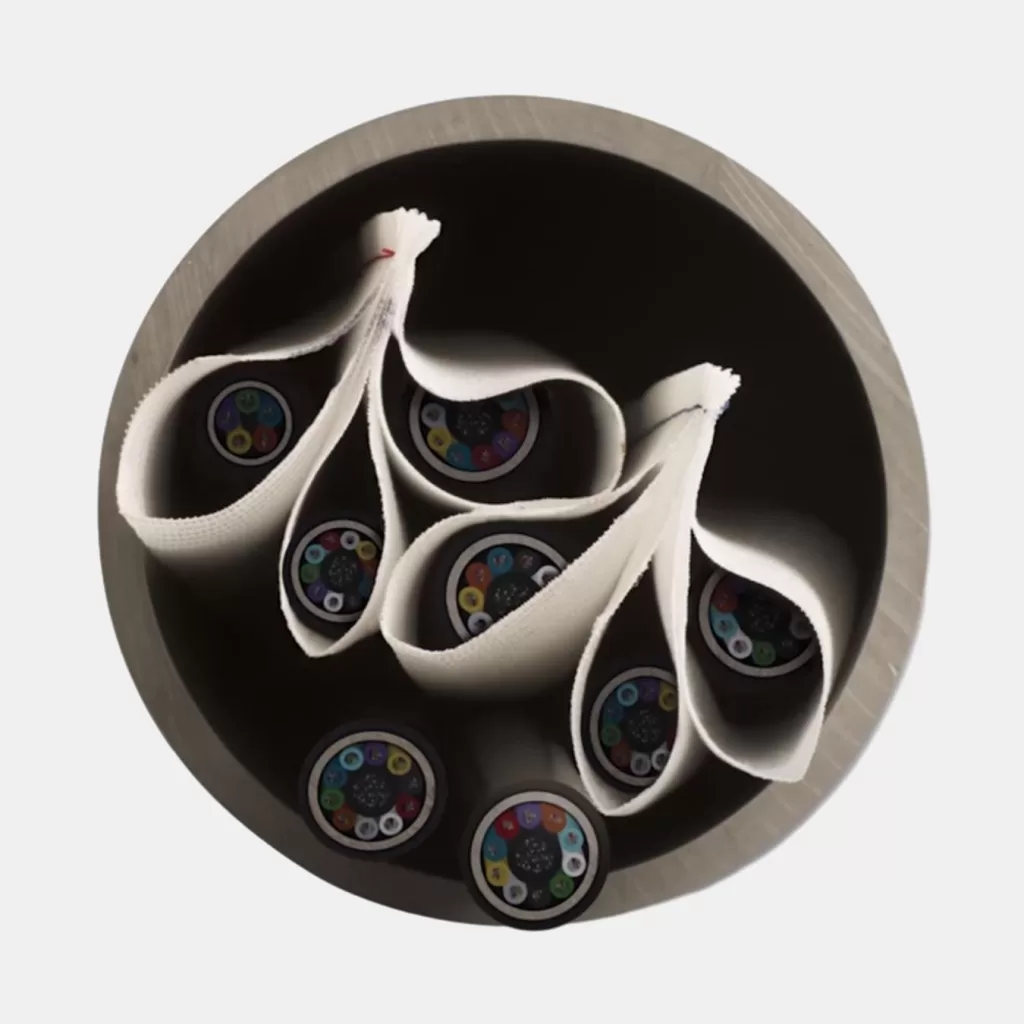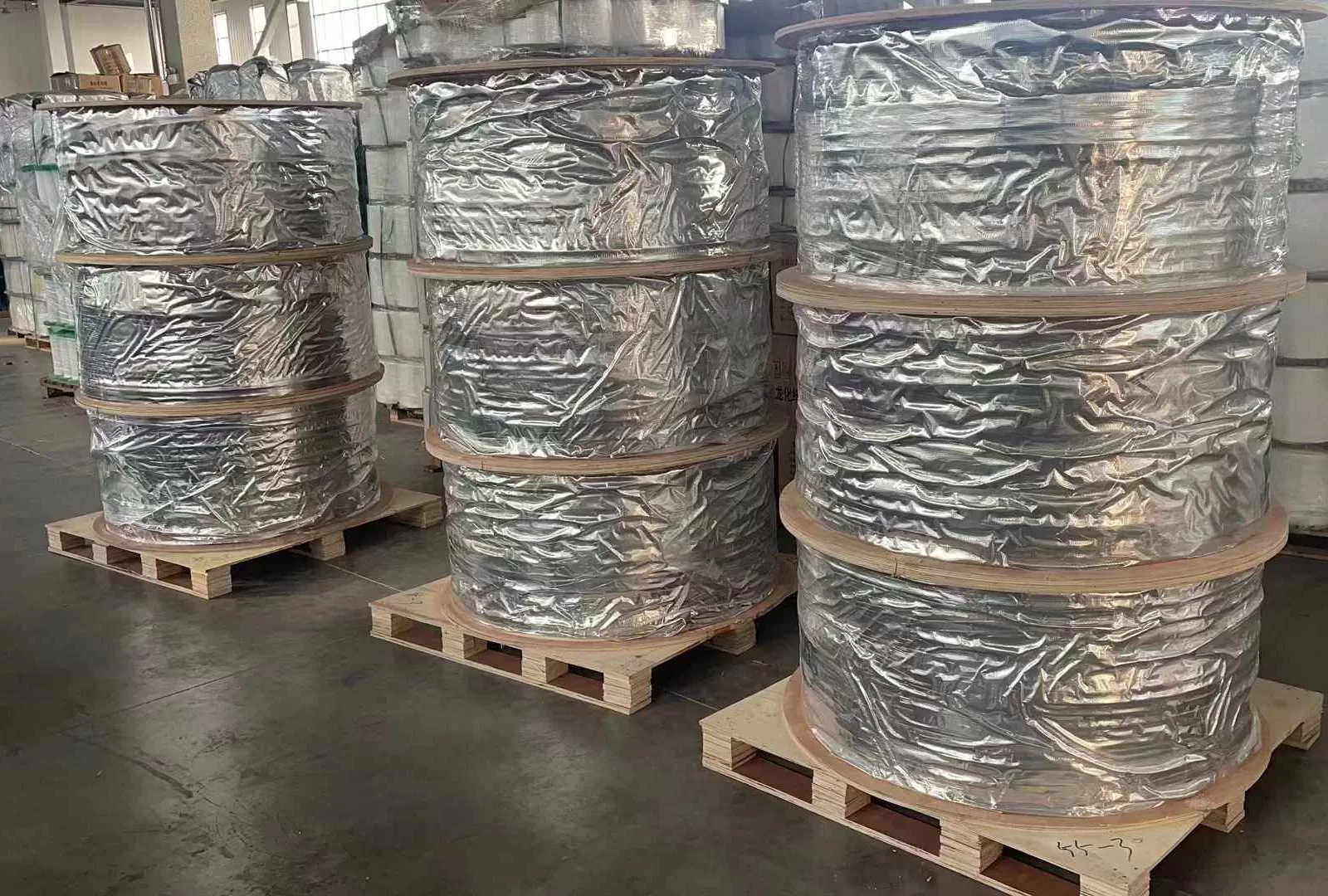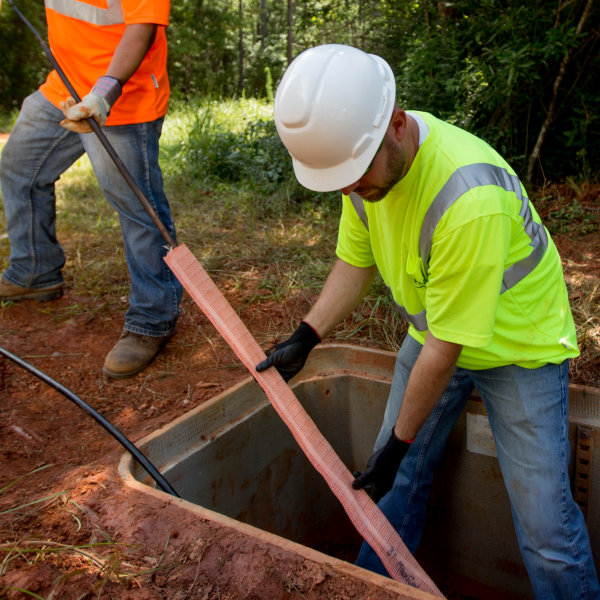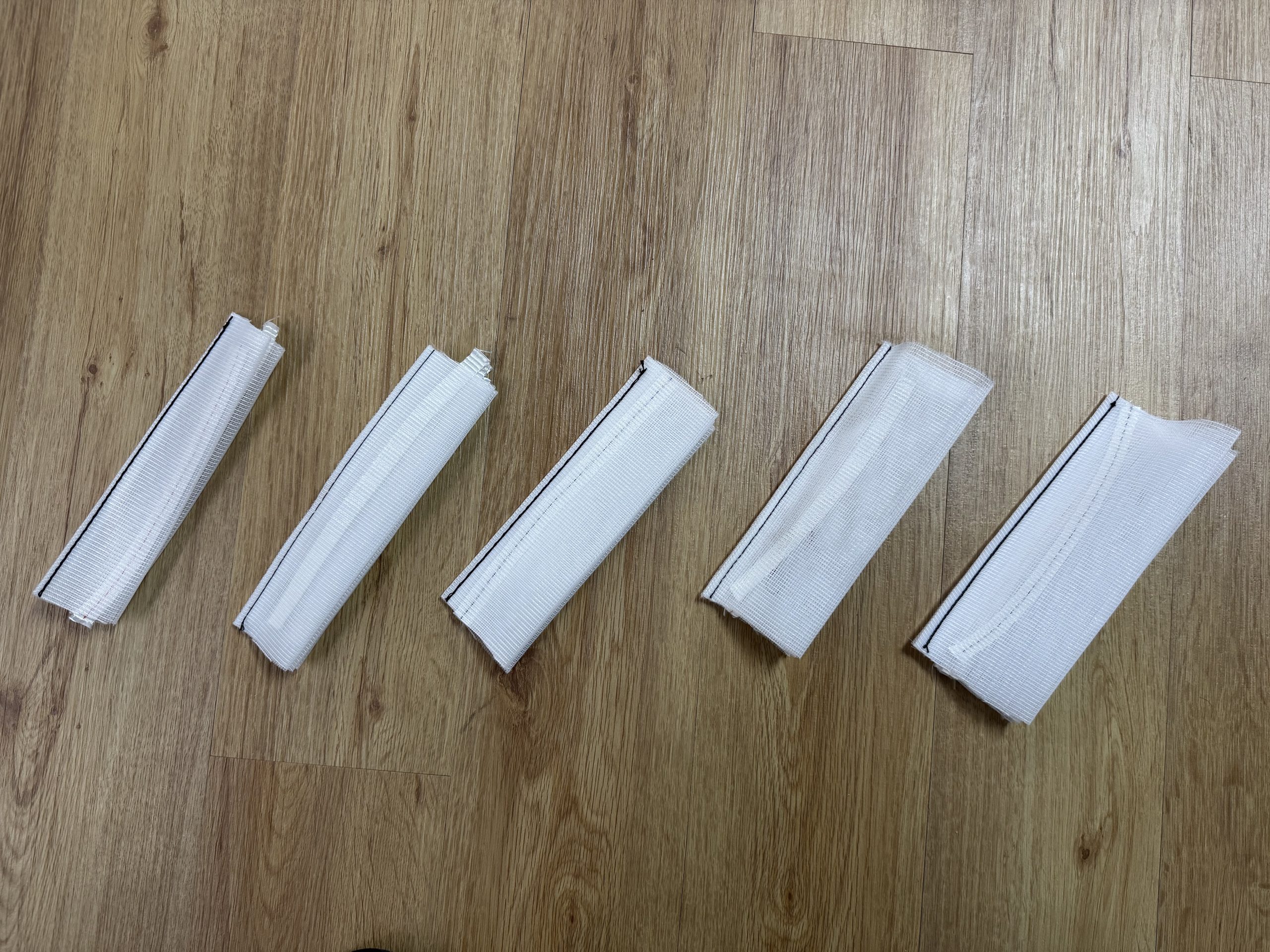In the ever – evolving landscape of broadband, enterprise, data centers, and telecom, efficient network deployment is the key to future – proofing your business. One of the most significant challenges in this process is managing and protecting network cables while optimizing space and reducing installation difficulties. Fabric innerducts have emerged as a game – changer in this regard, offering a plethora of benefits that make them an essential choice for network infrastructure development.

Understanding Fabric Innerducts
Fabric innerducts are a modern alternative to traditional rigid innerducts. Unlike their rigid counterparts, fabric innerducts are designed with a high degree of flexibility and adaptability. They are made from advanced fabric materials that can conform precisely to the shape of the cables placed within. This unique property brings about a multitude of advantages in the context of network cable management.

Reducing Cable Pulling Tensions
One of the most significant challenges faced during network deployment is the high cable pulling tensions. When installing cables, especially in long – distance or complex network layouts, excessive pulling tensions can damage the cables. This damage can lead to signal loss, reduced data transfer speeds, and even complete cable failure over time.
Fabric innerducts address this issue head – on. Their ability to conform to the shape of the cables significantly reduces the friction between the innerduct and the cables during the pulling process. This reduction in friction translates directly into lower pulling tensions. For example, in a large – scale data center environment where multiple cables need to be installed simultaneously over long distances, the use of fabric innerducts can ensure that the cables are installed smoothly without being subjected to excessive stress. As a result, the lifespan of the cables is extended, and the reliability of the network is enhanced.
Increasing Cable Density
Cable density is a critical factor in network deployment, especially in space – constrained environments such as data centers and telecom rooms. The more cables that can be installed in a given space, the more efficiently the network can be designed.
Fabric innerducts have the remarkable ability to increase cable density by as much as 300%. This is achieved through their unique design, which allows for a snug fit around the cables. By reducing the wasted space associated with rigid innerducts, fabric innerducts enable you to pack more cables into a smaller area. In a broadband network deployment, for instance, where multiple fiber – optic cables need to be routed through limited – space conduits, fabric innerducts can significantly increase the number of cables that can be accommodated. This not only saves on installation costs (as less conduit space is required), but also simplifies future network upgrades or expansions.
Minimizing Wasted Space
Traditional rigid innerducts often leave a significant amount of empty space inside. This wasted space not only increases the overall size of the cable installation but also adds to the cost of materials and installation. Additionally, the excess space can accumulate dust and debris, which may pose a risk to the cables in the long run.
Fabric innerducts, on the other hand, are custom – designed to fit the cables precisely. There is no unnecessary empty space, which means that the entire installation is more compact and efficient. In an enterprise network, where space is at a premium in the server rooms and communication closets, minimizing wasted space can lead to significant cost savings. Moreover, the cleaner and more organized cable installation reduces the risk of cable damage and makes it easier to manage and maintain the network.
Future – Proofing Your Network
The rapid pace of technological advancements in the broadband, enterprise, data center, and telecom industries means that network requirements are constantly evolving. Future – proofing your network is essential to ensure that it can adapt to new technologies and higher data demands.
Fabric innerducts offer a high degree of flexibility, which is crucial for future network upgrades. As new cables are added or existing cables are upgraded, the fabric innerducts can easily accommodate these changes. Their ability to conform to different cable shapes and sizes means that you can continue to use the same innerduct infrastructure without the need for major overhauls. For example, when upgrading from older – generation fiber – optic cables to the latest high – capacity cables, fabric innerducts can still provide the necessary support and protection without compromising on performance.
Quality Assurance
When sourcing fabric innerducts for your business, it is essential to ensure that you are getting high – quality products. Here are some factors to consider when evaluating a supplier:
Vendor Reputation
Look for a supplier with a strong reputation in the industry. A well – established vendor is more likely to have a track record of providing reliable and high – quality products. You can research the vendor’s reputation by reading customer reviews, checking industry forums, and asking for referrals from other professionals in the field.
Material Quality
The material used in fabric innerducts plays a crucial role in their performance. High – quality fabric materials should be durable, flexible, and resistant to wear and tear. Look for suppliers who use materials that are specifically designed for network cable protection and management. Ask the supplier about the specifications and properties of the fabric they use, such as tensile strength, abrasion resistance, and anti – static properties.
Customization Options
As mentioned earlier, customized fabric innerducts are essential for optimizing cable density and reducing wasted space. A good supplier should offer a wide range of customization options, including different fabric colors, sizes, and shapes. They should also be able to accommodate your specific requirements, such as the addition of labeling or marking systems for easy cable identification.
Testing and Certification
Ensure that the fabric innerducts you purchase have undergone rigorous testing and meet relevant industry standards and certifications. For example, the innerducts should be tested for their ability to withstand high temperatures, humidity, and other environmental factors commonly found in data centers and telecom environments. Certification from recognized organizations such as ISO can also be an indication of the supplier’s commitment to quality.
Warranty and Support
A reliable supplier should offer a warranty on their products and provide adequate customer support. In case of any issues with the fabric innerducts, such as defects or performance problems, the supplier should be able to offer prompt solutions. This could include replacing defective products, providing technical assistance, or offering advice on cable installation and management.
Cost – Effectiveness
While the initial cost of fabric innerducts may be slightly higher than that of traditional rigid innerducts, the long – term cost savings are significant. By reducing cable pulling tensions, increasing cable density, and minimizing wasted space, fabric innerducts can save on installation costs, material costs, and maintenance costs over the life of the network.
Moreover, the flexibility and future – proofing capabilities of fabric innerducts mean that you can avoid costly network upgrades and overhauls in the future. This makes fabric innerducts a cost – effective investment for businesses in the broadband, enterprise, data center, and telecom sectors.
Conclusion
Fabric innerducts are a revolutionary solution for network cable management in the broadband, enterprise, data center, and telecom industries. Their ability to conform to the shape of cables, reduce pulling tensions, increase cable density, and minimize wasted space make them an essential tool for future – proofing your network. When sourcing fabric innerducts, it is crucial to choose a reliable supplier who offers high – quality products, customization options, and adequate support.
By investing in fabric innerducts, you can ensure that your network infrastructure is efficient, reliable, and capable of adapting to the ever – changing demands of the digital age. Whether you are a wholesaler looking to expand your product portfolio or a buyer planning a network deployment project, fabric innerducts are the smart choice for your business. Embrace this innovative technology today and take the first step towards a more efficient and future – ready network.



